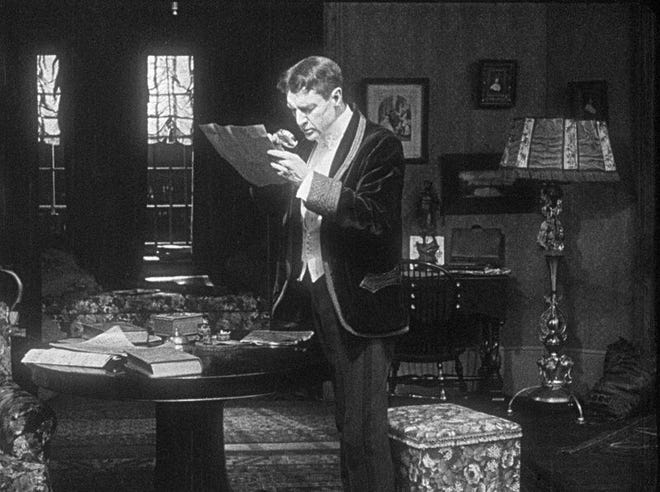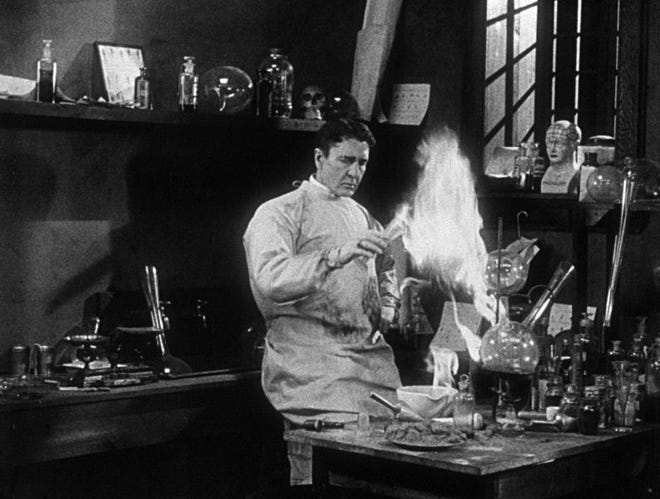Colony is an important word in Western North Carolina history. It applies to the linked families who pioneered the wilderness and to collections of individuals drawn, over a period of years, to communities of like minds. Tryon’s artist’s colony is the latter type.
At the turn of the 20th century, artists with romantic inclinations, aided by railroad travel, sought pastoral refuges from city life. Provincetown, Massachusetts; Carmel-by-the-Sea, California; and Yaddo, New York, coalesced. Seeds of Tryon’s unplanned colony took root.

In 1888, William Gillette, the stage actor whose portrayal of Sherlock Holmes had introduced the trademark hat, curved pipe, and “my dear Watson” line, stopped in Tryon. On a train from Florida to Asheville, he got out to fill his weakened lungs as the locomotive took on a helper engine to climb the Saluda grade.
Tuberculosis and a widower’s grief had sent Gillette south as it had other gentlemen for whom the outdoors represented a kind of salvation. George Washington Vanderbilt was following the same quest on a grander scale in Asheville.
Tryon had not yet gained international fame as a fox-hunting and horse show destination, although Charlestonians had been trampling the turf for many summers. Discovery of the Thermal Belt’s vinicultural climate was imminent. In 1888, Ohio grindstone tycoon Frank Stearns, attracted by the area’s curative reputation, bought land on White Oak Mountain that would become the site of a sanitarium.

When Gillette tested the Tryon environment, it wasn’t only the warm front of a wind current that seduced him; he was at the head of a promotional front as well. He bought land in what is now known as Gillette Woods from “Aunt” Polly Carruth, a “noted ‘granny doctor’ (who) used her mountain herb remedies to ease Gillette’s illness,” Anna Pack Conner notes in “Tryon: An Artist’s & Writer’s Sketchbook.
“Gillette built a fine home, Thousand Pines (now a private residence). He invited New England watercolorist Amelia Watson, whose works he collected, and she invited her friend, art photographer Margaret Morley, and they both bought homes.
World War I gave the colony a boost when many famed expatriate impressionists and modernists, including George Aid, fled Europe and found Tryon. Aid developed a style that suited his audience: portraits in French chalk.
Aid’s audience “liked his style,” Michael McCue writes in his book, “Paris & Tryon,” “because it suggested to them a European classicism that was dignified, yet looked fresh and not so inhibited as traditional oils.” In the era of Great Gatsby, “privileged people reveled in having it both ways. They liked to dress up in tuxedos for elaborate formal dinners and afterwards, for laughs, jump tuxedo-clad into the pool while drinking illegal liquor.”

Rob Neufeld wrote the local history feature, “Visiting Our Past,” for the Citizen Times until his death in 2019. This column originally was published Jan. 8, 2005.